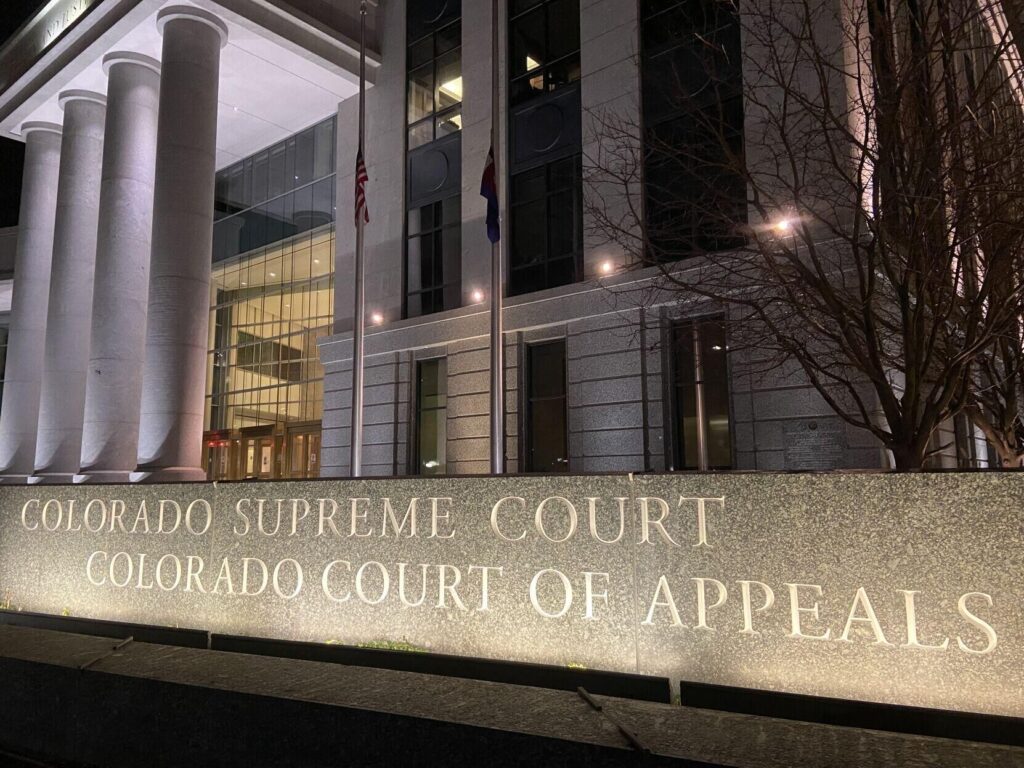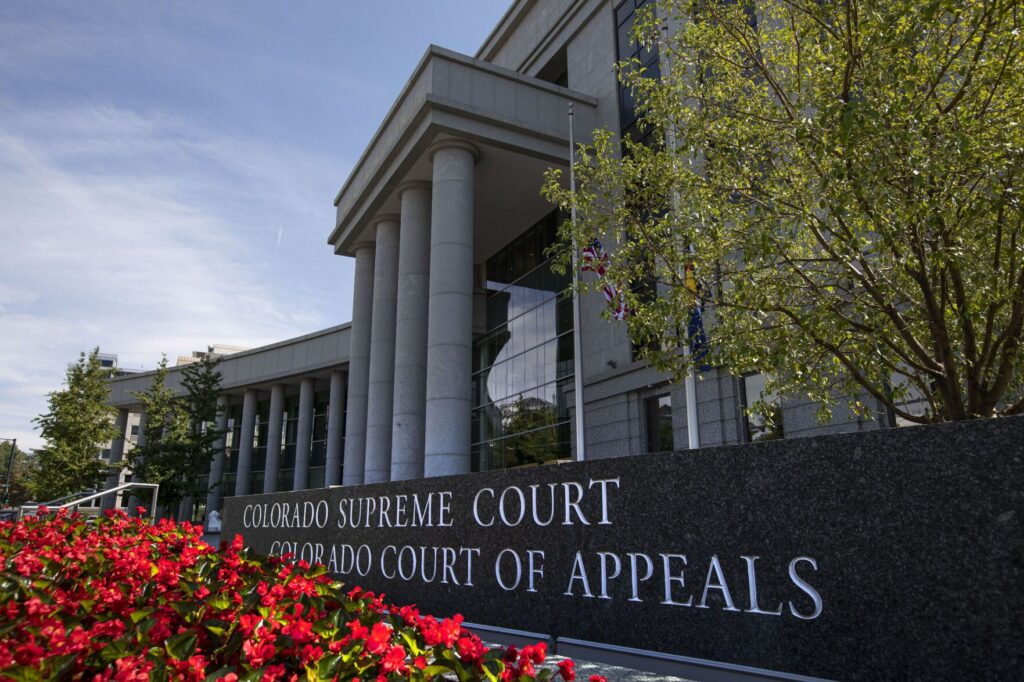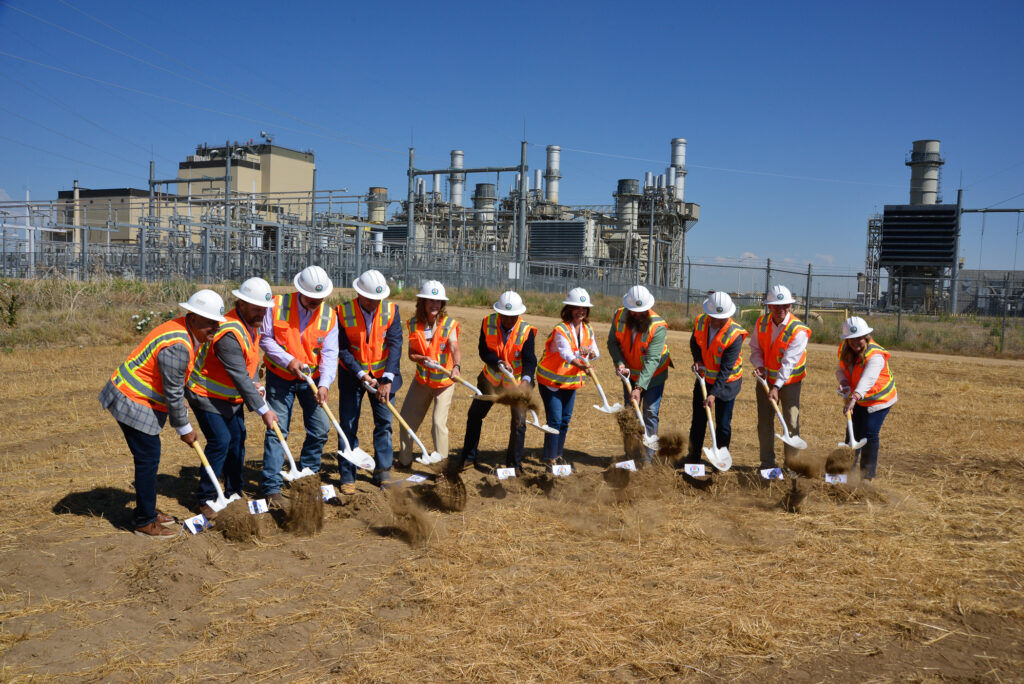Federal officials to review 5 alternatives for Colorado River operations post-2026
The U.S. Bureau of Reclamation on Wednesday announced five proposals it would review to determine the post-2026 operating guidelines that would govern the Colorado River in the decades to come.
Its analysis will be published next month, keeping the process on track to be completed by 2027.
December was supposed to be the month that the bureau would issue its next draft of an environmental impact statement, presenting alternatives for how the Colorado River will operate in the decades to come.
That December timeline was tied to the expiration of the interim operating guidelines approved in 2007 and set to expire at the beginning of 2027. A second governing document, the Drought Contingency Plan adopted in 2019, which resulted in water cuts in 2023, primarily in Arizona, is also set to expire at that time.
The new guidelines would determine the management and facilities of the two reservoirs, Lake Powell and Lake Mead, as well as the Hoover and Glen Canyon dams.
The five alternatives to be considered by the bureau are:
-
“No action.” This alternative does not meet the purpose of and need for federal action, but it is included as a requirement of the National Environmental Policy Act. Under the “no action” alternative, Lake Powell releases would be 8.23 million acre-feet unless a higher release is required for equalization or a lower release result from Glen Canyon Dam infrastructure limitations. Shortages to the Lower Basin would be based on priority. The Interior Department’s statement said “no action” would not represent a continuation of current operations but is generally based on the preexisting operating guidance that was in place before the adoption of the 2007 Interim Guidelines.
-
A federal authorities alternative designed “to achieve robust protection of critical infrastructure within the Department and Reclamation’s current statutory authorities and absent new stakeholder agreements.” Lake Powell releases would be determined based on elevations, ranging from 5 million acre-feet to 9.5 million acre-feet. Releases under 5 million acre-feet would protect Glen Canyon dam’s infrastructure. The operations also incorporate Basin-wide shared contributions to the system’s sustainability, including Upper Basin conservation that would be stored in Lake Powell and Lower Basin shortages starting at 1.5 million acre-feet, which exceeds average annual evaporative and system losses at and below Lake Mead and reaches a maximum of 3.5 million acre-feet.
-
A federal authorities hybrid that incorporates proposals submitted by tribal nations, federal agencies, and other stakeholders “to achieve robust protection of critical infrastructure while benefiting natural, hydropower and recreation.” This would incorporate a new approach to distributing storage between Lake Powell and Lake Mead that enhances the reservoirs’ ability to support the Basin, the bureau’s statement said. It looks at the entire basin with increased cooperation among the states, according to Reclamation Commissioner Camille Calimlim Touton.
-
A cooperative conservation proposal from non-governmental organizations and conservation groups they said would stabilize system storage, integrate stewardship and mitigation strategies of lakes Powell and Mead, maintain opportunities for binational cooperative measures, incentivize water conservation, and design flexible water management strategies, the statement said. It looks at commonalities, Touton said.
-
The “basin hybrid” based on the proposals submitted by the upper and Lower Basin states and Tribal Nations, would “provide a basis for coordinated operations and may facilitate greater agreement across the Basin.”
In a statement on Wednesday, Touton said the agency has worked “tirelessly” over the past several years to bring stakeholders together, including getting tribal governments a seat at the table “for the first time in history.”
“Today, we show our collective work,” she said. “These alternatives represent a responsible range from which to build the best and most robust path forward for the Basin. I have confidence in our partners and the Reclamation team in continuing this work to meet the needs of the river for the future.”
And in a press call, Touton added that “difficult choices and tradeoffs will be made” but that the process provides “ample opportunities for solutions that will work for the entire basin.”
White House Climate Advisor Ali Zaidi said 10 trillion gallons of water out of the Colorado River basin had been lost to drought in the last two decades, but that the work of the states and stakeholders has brought the river back from the brink.
“We can remain stuck at an impasse or we can secure a future for future generations that promises the stability and sustainability of one of our greatest natural resources,” Zaidi said. He added that the alternatives can fit together to provide a consensus path to success.
Colorado commissioner says Upper Basin state’s plan ‘performs best’
Unsurprisingly, some immediately insisted their plan offers the best course for the Colorado River.
In a statement to Colorado Politics, Becky Mitchell, Colorado’s commissioner on the Upper Colorado River Commission, said that the state “cannot speak directly to the contents of Reclamation’s matrix of potential alternatives at this time.”
But she said Colorado “continues to stand firmly behind the Upper Division States’ Alternative, which performs best according to Reclamation’s own modeling and directly meets the purpose and need of this federal action.”
“The Upper Division States Alternative is supply-driven and is designed to help rebuild storage at our nation’s two largest reservoirs,” she said. “The Alternative protects Lake Powell’s continued ability to release water downstream into the future to continue to meet our obligations and protect our significant rights and interests in the Colorado River.”
Mitchell added that Colorado “remains committed to working collaboratively with the other Basin States, the federal government, and Tribal Nations towards a consensus approach and also stands ready to protect our State’s significant interests in the Colorado River.”
The Interior department’s statement pointed out the two reservoirs are in better shape than they were in 2022, resulting from a short-term consensus agreement in 2023 and improved rain and snowfall in the 2022-23 winter. The department also said Lake Mead is replenished, up nearly 20 feet from two years ago, and Lake Powell has rebounded by 50 feet.
Meanwhile, the Lower Basin states and Mexico are on track to save 1.6 million acre-feet by late 2024, “an unprecedented level of conservation for the Colorado River Basin.”
Wednesday’s announcement came a little more than a month after a webinar by the reclamation bureau that discussed the development of alternatives that could influence the post-2026 operating guidelines.
Carly Jerla, a senior water resources program manager with the bureau, said the agency would take four actions in developing the post-2026 guidelines.
The first deals with guidelines for Lower Basin shortages. That’s the circumstances in which the federal secretary would determine that less than 7.5 million acre-feet, the annual allocation to the lower states, would be available to Arizona, California and Nevada.
The second emphasizes coordinated operations for Lake Powell and Lake Mead, which are especially important for Lake Powell, the water “bank” for the Upper Basin states of Colorado, New Mexico, Utah, and Wyoming.
The third continues and expands the “storage and delivery mechanism” for conserved and non-system water in the two reservoirs. That’s tied to an “intentionally created surplus” program in the Lower Basin, developed as part of the 2007 guidelines.
According to the Central Arizona Project, water savings in Lake Mead is intentionally created through investments in conservation. To qualify and protect existing users, rights and priorities, the intentionally created surplus must reduce an existing beneficial use, the canal authority said.
That can be done by investing in higher-efficiency irrigation, paying water users to develop non-Colorado River supplies, such as desalination, or paying farmers who use Colorado River water to fallow fields.
The last element focuses on surplus, a situation in which the Interior Secretary could order the delivery of more than 7.5 million acre-feet of water to the Lower Basin states.
More opportunities for conservation, innovation, and flexibility are needed for the post-2026 operations, and the guidelines “should do just that,” Jerla said.
Part of the past year’s work included developing a web tool, designed in part by the University of Colorado, that would allow stakeholders and the public to explore operational alternatives and scenarios, including the trade-offs for those scenarios.
The bureau also developed its own alternatives using the same tool. As of October, Jerla said the bureau has received more than 300 proposed alternatives and developed others when there was overlap between alternatives.
Both the Upper Basin and Lower Basin states had proposed alternatives, which were submitted last March. Alternatives were also submitted by 20 basin tribes, the Gila Indian River community, the U.S. Fish & Wildlife Service, the National Park Service, and the Western Area Power Administration.
Another alternative was submitted in March by a trio of academics: Eric Kuhn, formerly the general manager of the Colorado River District, John Fleck of the University of New Mexicol, and Jack Schmidt of the Getches-Wilkinson Center at the University of Colorado.
Their proposal called for the Interior Secretary to be empowered “to employ an adaptive management approach allowing releases from Powell to Mead,” one that would be “optimized to meet environmental, recreational, and cultural goals while retaining an interstate accounting system that still meets water-supply objectives.”











